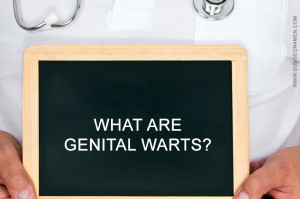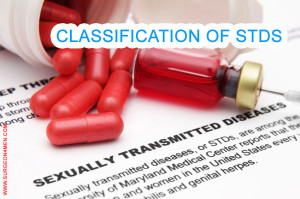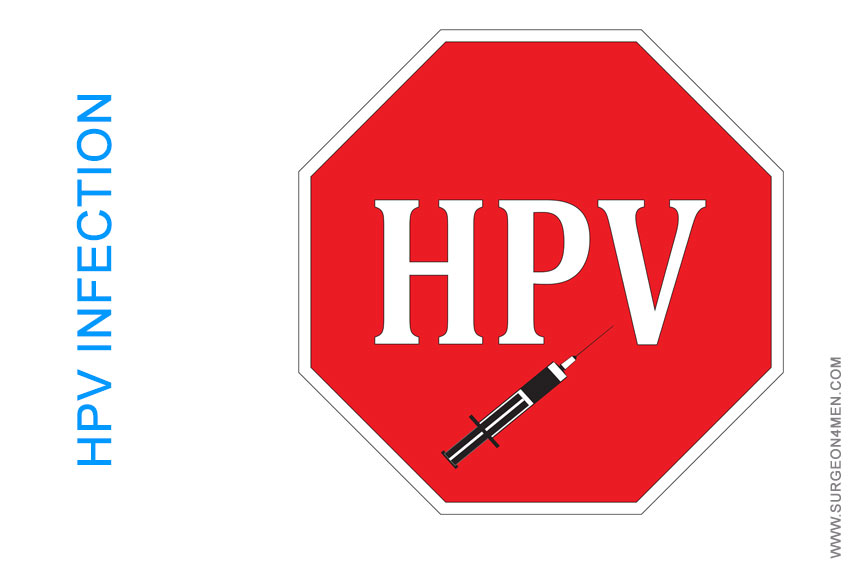HPV Infection
Warts usually result from an infection caused by human papillomavirus. According to latest estimates, there are over 100 known strains of HPV that are attributed to a wide variety of cancerous and non-cancerous lesions. According to latest estimates reported in the peer reviewed Journal of American Medical Association (1), investigators suggested that the prevalence of HPV infection in United States is 26.8% among adult females (15-59 years of age). According to another study, the point prevalence of HPV in United States is 52.8% of which 31.7% cases are caused by oncogenic or cancer causing varieties of HPV.
What Causes HPV infection?
- When there’s a tear, abrasion or a small cut on the exterior most layer of the skin, the virus finds its way into the body.
- Its primary mode of transference is the skin-skin contact whereas in case of genital HPV infections, sexual intercourse may play a key role in the transference of the virus. Additionally, oral sex may also contribute to the upper respiratory or oral lesions.
- The infection is also be passed from the infected mother to her baby at the time of delivery through an infected birth canal.
Risk Factors
Listed below are the risk factors associated with HPV infections:
 Sex partners: You are more likely to get a genital HPV infection if you have multiple sexual partners. If your partner had sex with multiple partners then that will also put you at risk.
Sex partners: You are more likely to get a genital HPV infection if you have multiple sexual partners. If your partner had sex with multiple partners then that will also put you at risk.- Age: Children are more likely to have common warts whereas young adults are more likely to have plantar warts. Young adults and adolescents are more prone to genital warts.
- Compromised immune system: Immune-compromised individuals are more at risk of getting an HPV infection. The immune system may become compromised due to immune-suppressant drugs that are taken after organ transplantation or due to AIDS/HIV.
- Damaged skin: Punctured or opened skin due to any injury may put you at risk as well.
- Direct contact: Directly touching the wart of an infected person or exposing yourself to the surfaces that have been in contact with the HPV may elevate the chances of getting HPV infection.
Symptoms of Active HPV Infection
The appearance of the warts may vary depending upon the type of HPV.
- Genital warts: The appearance of genital warts may vary from flat lesions to minute protrusions that are like stems to tiny cauliflower looking bumps. In females, they commonly appear on the vulva, vagina, cervix or anus. In males they may appear on scrotum, penis or on the area surrounding the anus. Itching is a common symptom with genital warts.
- Common warts: They’re rough in texture and are slightly raised bumps in appearance, found on elbows, fingers and hands. At times they may be injurious and may cause pain or bleeding.
- Plantar warts: They are grainy, hard growths found on the areas that bear the most pressure such as balls of the feet. They bring about pain and discomfort.
- Flat warts: they have a flat top with lesions that are slightly raised and a colour that is slightly darker than that of the rest of the skin. They appear on neck, face or scratched areas of skin. These warts are commonly found in young adults, adolescents and children.
Cervical Cancer
The two strains of HPV (strain 16 and 18) that don’t cause warts and are very strongly associated with cervical cancer. There are no sign and symptoms in the early course of infection. Healthcare providers recommend that women of reproductive age group must undergo regular pap tests to detect the precancerous changes as early as possible.
According to the current guidelines; women between 21-29 years of age must get the test done after every 3 years. Women between 30-65 years of age must get it done every 3-5 years. Women above 65 can discontinue the regular check-up if they had 3 normal pap tests results in a row.
Having any of the above warts with pain or discomfort is your signal for seeking medical help.
How to Prevent HPV Infection?
- Common warts: Avoid biting nails or picking at your wart. This will prevent the infection from spreading.
- Plantar warts: Keeping your feet covered in locker rooms and public places by wearing shoes and sandals can prevent the spread of the HPV infection.
- Genital warts: having a mutual monogamous sexual relation, minimized number of sex partners and use of latex condom may minimize the infection that causes genital warts.
HPV Vaccines
 A vaccine called Gardasil prevents against those strains of HPV which cause genital warts and cervical cancer. Cervarix however only prevents against cervical cancer. According to CDC (the Centers for Disease Control and Prevention); boys and girls who are 11-12 years of age must get routinely vaccinated i.e. 3 doses over a period of six months. If at this age they are not properly vaccinated then females through the age of 26 and males of 21 must get vaccinated. Males can get vaccinated through age 26 as well.
A vaccine called Gardasil prevents against those strains of HPV which cause genital warts and cervical cancer. Cervarix however only prevents against cervical cancer. According to CDC (the Centers for Disease Control and Prevention); boys and girls who are 11-12 years of age must get routinely vaccinated i.e. 3 doses over a period of six months. If at this age they are not properly vaccinated then females through the age of 26 and males of 21 must get vaccinated. Males can get vaccinated through age 26 as well.
CDC suggests that men who have male sexual partner should get vaccinated through the age of 26 along with all those other people who have a weak immune system.
Treatment
Warts normally go on their own and even when they are gone you may still be the carrier of HPV and may transmit it to others.
Medications:
- Salicylic acid: it removes the layers of the common warts. It may cause irritation to skin.
- Imiquimod: it boosts the immune system and may cause swelling or redness at the application site.
- Podofilox: it causes destruction of the tissues of genital warts. It may cause itching or pain at application site.
- Trichloroacetic acid: it burns off the genital warts.
Surgical Procedures:
Physical procedures to remove warts include:
- Laser surgery
- Removal of warts with a surgery
- Burning warts with electric current
- Freezing with liquid nitrogen
References:
- http://www.cdc.gov/std/hpv/
- Remschmidt, C., Kaufmann, A. M., Hagemann, I., Vartazarova, E., Wichmann, O., & Deleré, Y. (2013). Risk factors for cervical human papillomavirus infection and high-grade intraepithelial lesion in women aged 20 to 31 years in Germany. International Journal of Gynecological Cancer, 23(3), 519-526.
- Oakeshott, P., Aghaizu, A., Reid, F., Howell-Jones, R., Hay, P. E., Sadiq, S. T., … & Soldan, K. (2012). Frequency and risk factors for prevalent, incident, and persistent genital carcinogenic human papillomavirus infection in sexually active women: community based cohort study. BMJ: British Medical Journal, 344.

